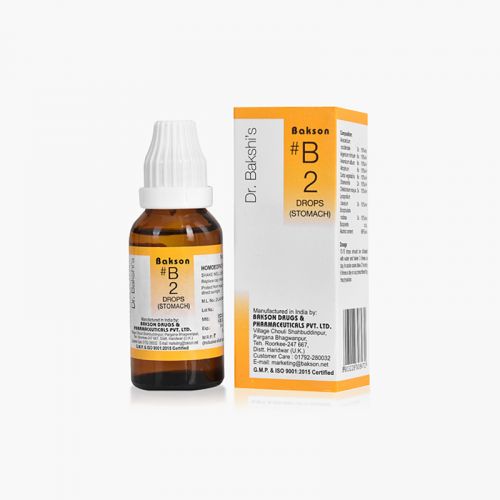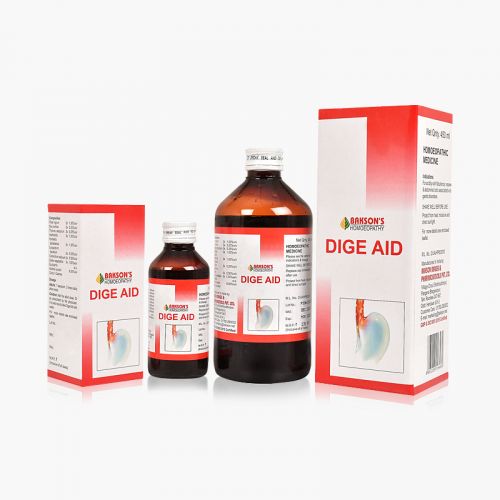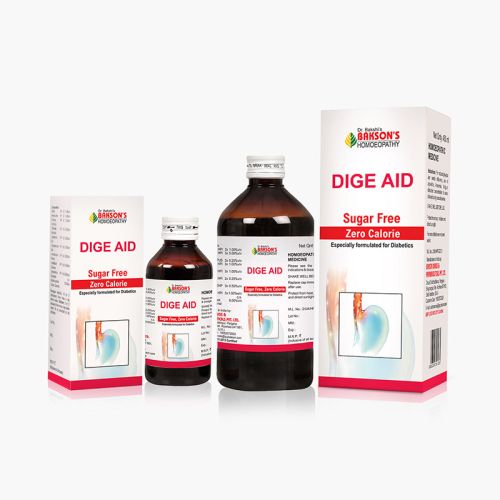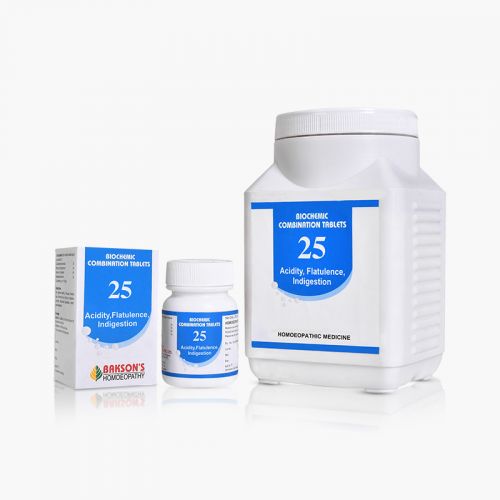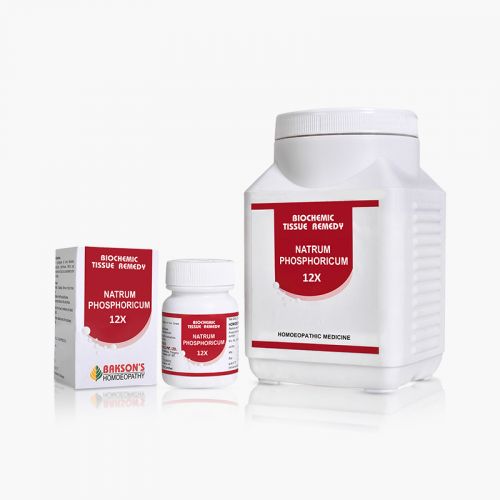We use cookies to make your experience better. To comply with the new e-Privacy directive, we need to ask for your consent to set the cookies. Learn more.
What is Indigestion?
Dyspepsia or indigestion (also called functional dyspepsia) is defined by the Rome II Committee on functional gastrointestinal disorders as chronic or recurrent pain or discomfort centered in the upper abdomen. Functional dyspepsia is one of the most common functional gastrointestinal disorders and affects more than 20% of the population. It is defined by the presence of one or more of the following symptoms-
- Epigastric pain or burning
- Early satiety
- Postprandial fullness in the absence of structural disease using imaging or endoscopy
The exact mechanism of functional dyspepsia is unknown but it is believed to be a result of disturbances in the gastric physiological factors which may be macroscopic or microscopic. Macroscopic mechanisms include gastroesophageal reflux (GERD), delayed gastric emptying, and visceral hypersensitivity alterations in the nervous system. Microscopic mechanisms include impaired barrier function, altered sensitivity to duodenal acid or lipids, and gastroduodenal inflammation. Psychological factors like anxiety and depression can cause a negative stimulus to the brain-gut axis which might also be responsible for the condition.
The prevalence of dyspepsia is 5% to 30%. It is more common in women than men may be due to inherent gender-specific differences in the functioning of the gastrointestinal system.
Causes
The exact cause remains unknown but there are several risk factors that are associated with the condition:
- Enteric infections: H. pylori, Escherichia coli O157, Campylobacter jejuni, and Salmonella
- Recent antibiotic use
- Use of non-steroidal anti-inflammatory drugs
- Obesity
- Smoking
- Psychosocial dysfunction
Sign and symptoms
There are three different subtypes of indigestion-
- EPS (Epigastric pain syndrome)
- PDS (Postprandial distress syndrome)
- Overlapping EPS and PDS
The symptoms depend on the subtype of indigestion. They can be acute or chronic. Symptoms of PDS include loss of appetite, early satiation, nausea, retching, vomiting, and bloating. In EPS, patients have stomach cramping and other upper abdominal pain. Other associated non gastrointestinal symptoms may be diaphoresis, headache, sleep disorders, and irritable bladder.
Diagnosis
The investigations must begin with the laboratory tests like blood count, complete metabolic panel, thyroid function, and inflammatory markers. Appropriate test must be recommended for H. pylori infection. Imaging techniques include esophagogastroduodenoscopy with biopsy and abdominal ultrasonography.
Rome IV symptom criteria for functional dyspepsia are defined as the presence of one or more of the following symptoms: bothersome postprandial fullness, early satiety, epigastric pain, or burning with no demonstration of structural or metabolic disease to explain the symptoms. The duration of symptoms must be at least 3 months, with the onset of symptoms occurring at least 6 months before diagnosis.
General management
The mainstay of the treatment is giving symptomatic relief to the patient. Adjunctive or alternative non-pharmacologic therapies include psychotherapy, herbal supplementation and lifestyle modification and dietary interventions.
Disclaimer: The information provided herein on request, is not to be taken as a replacement for medical advice or diagnosis or treatment of any medical condition. DO NOT SELF MEDICATE. PLEASE CONSULT YOUR PHYSICIAN FOR PROPER DIAGNOSIS AND PRESCRIPTION.
- BAKSON #B 2 DROPSSpecial Price ₹ 160.00 Regular Price ₹ 200.00
-
- BAKSON DIGE AID SYRUP (SUGAR FREE)As low as ₹ 96.00
-
-
-




